The art of the samurai, Japan’s revered warrior class, has left a lasting mark on the canvas of Japanese history and artistic expression. From the inked lines of ukiyo-e woodblock prints to the grandeur of traditional paintings, samurai and ronin have been enduring subjects, embodying not just martial prowess but also cultural ideals. In this exploration, we delve into the realm of Japanese art, unearthing the significance of samurai, unraveling the tales of ronin, and tracing their artistic legacy through the ages.
The Samurai and Ronin: Guardians and Wanderers
Samurai: Guardians of Bushido
The samurai, an integral part of feudal Japan, were more than mere warriors; they were the embodiment of a code of honor and conduct known as Bushido. This code emphasized values such as loyalty, integrity, and self-discipline, shaping the samurai into not just skilled fighters but also refined individuals.
The samurai’s iconic appearance, clad in armor adorned with the mon (family crest) of their clan, became a symbol of power and honor. Ukiyo-e artists, captivated by the mystique surrounding these warriors, often depicted them in various scenes—from battlefield heroics to moments of quiet contemplation.
Ronin: The Wanderers of Japan’s Past
The term “ronin” refers to masterless samurai, individuals who found themselves without a lord due to various circumstances like the death or downfall of their master. Often faced with the choice of living with disgrace or embracing a life of wandering, ronin became a symbol of resilience and adaptability.
In ukiyo-e prints and other forms of Japanese art, ronin were portrayed in diverse situations, embodying a sense of stoicism and independence. Their stories, often laden with tragedy and redemption, resonated with the public, making them enduring figures in Japanese cultural history.
Notable Samurai Figures:
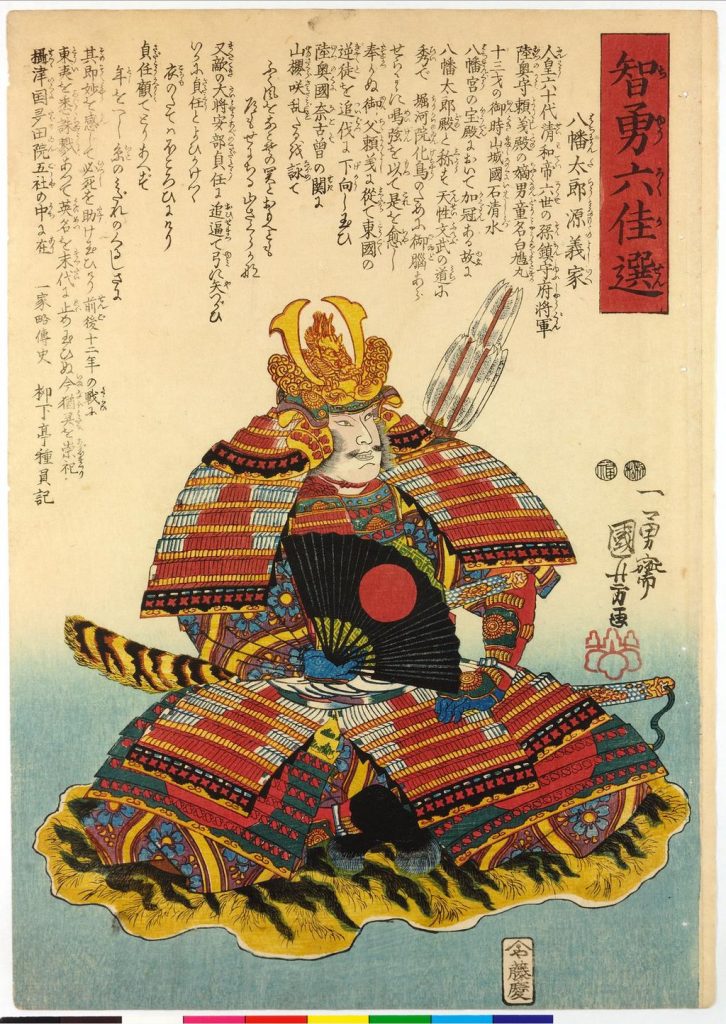
- Minamoto no Yoritomo (1147-1199):
- Founder and first shogun of the Kamakura Shogunate, Yoritomo played a pivotal role in shaping the samurai as a political and military force.
- Tokugawa Ieyasu (1543-1616):
- The founder of the Tokugawa shogunate, Ieyasu was a key figure in the unification of Japan. His legacy had a profound impact on the subsequent Edo period.
Samurai in Ukiyo-e Art
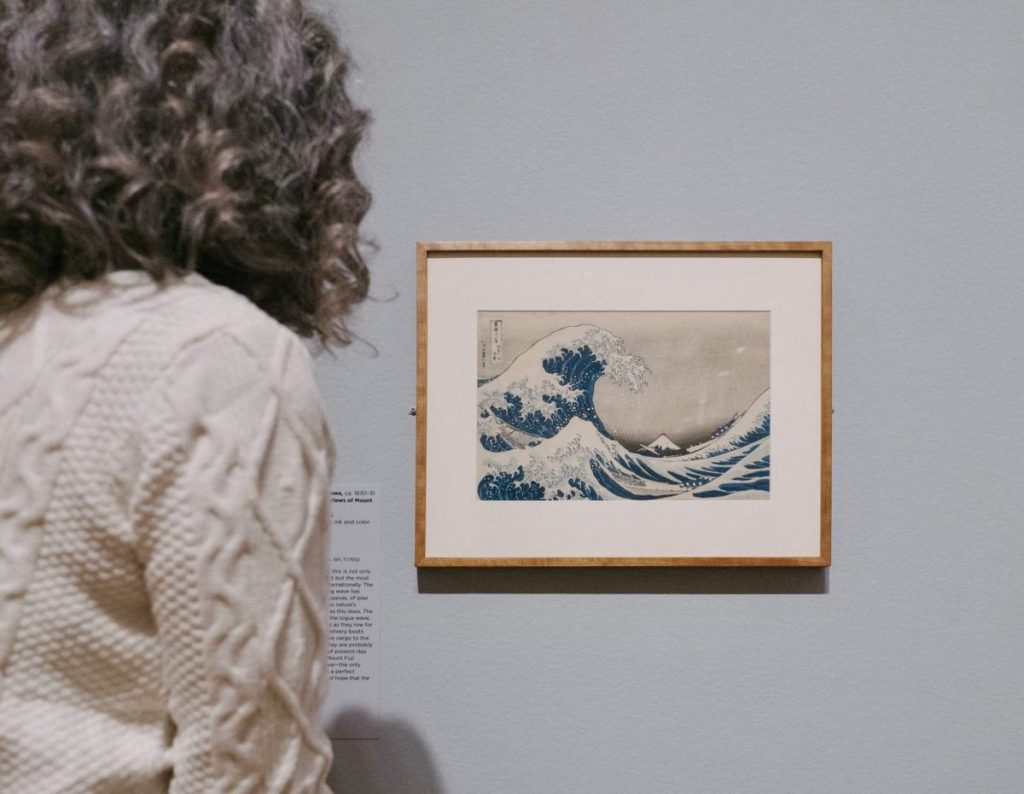
The Great Wave off Kanagawa by Katsushika Hokusai (c. 1830-1832):
Hokusai’s masterpiece, “The Great Wave off Kanagawa,” is an iconic example of ukiyo-e that transcends the genre’s traditional focus on actors and courtesans. While not directly depicting samurai, its influence on the genre is undeniable. The turbulent seas and the symbolism of Mount Fuji in the background offer a backdrop that resonates with the spirit of the samurai—facing the relentless challenges of life with unwavering courage.
The Great Wave continues to be one of the most recognizable works of ukiyo-e art and even Japanese art as a whole. Selected prints of The Great Wave have been the most expensive ukiyo-e art sold at auction.
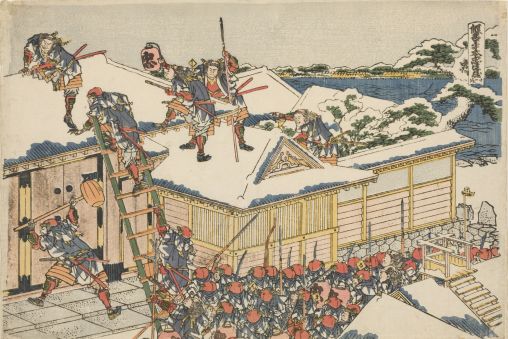
The Storehouse of Loyalty (Chushingura) by Utagawa Kuniyoshi (c. 1847-1850):
Kuniyoshi’s series based on the Chushingura, a tale of loyalty and revenge, is a prime example of how ukiyo-e artists immortalized the stories of the 47 Ronin. The prints vividly depict the ronin’s journey, capturing the emotional intensity of their quest for justice.
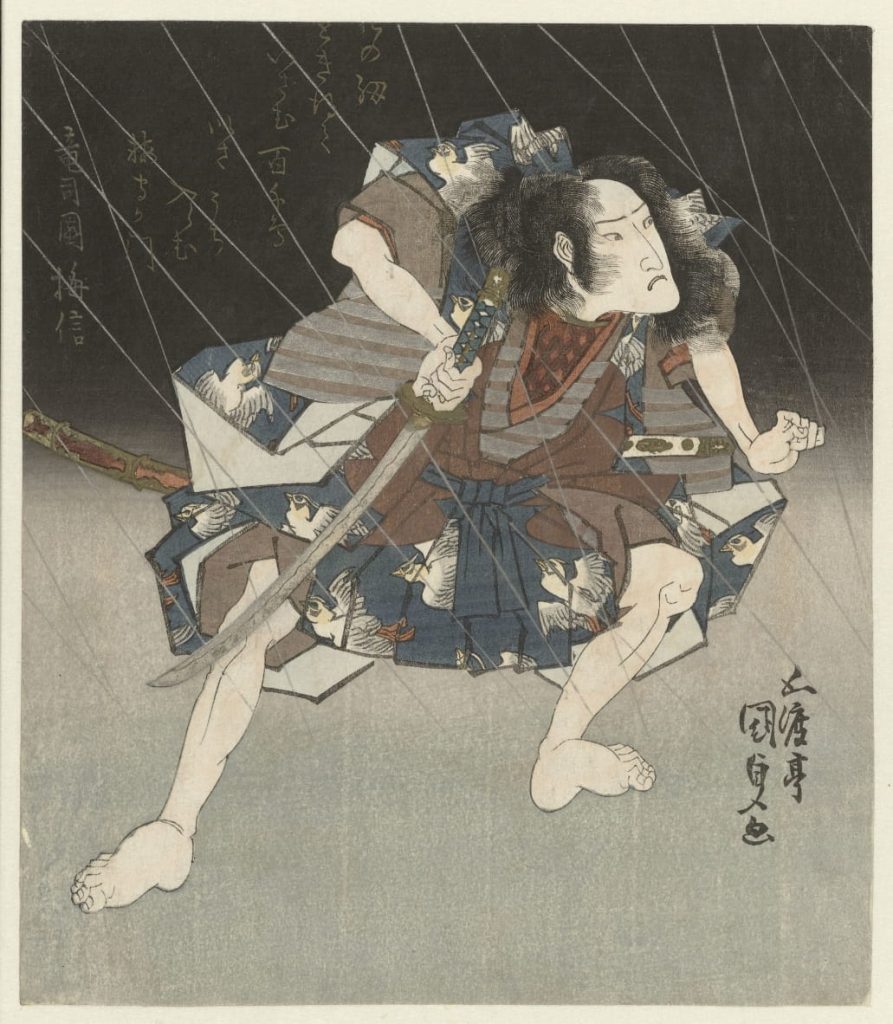
Samurai in the Rain by Utagawa Kunisada (c. 1847-1852):
Kunisada’s “Samurai in the Rain” portrays a lone samurai walking through the rain, symbolizing the internal and external challenges faced by these warriors. The composition and use of rain as a visual element add a poetic and melancholic touch to the scene, inviting viewers to contemplate the deeper aspects of the samurai’s existence.
Notable Samurai Figures in Ukiyo-e:
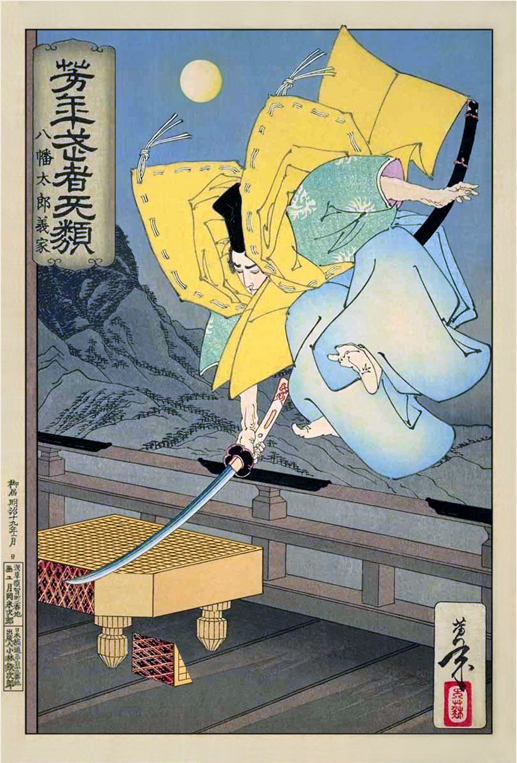
- Minamoto no Yoritomo in “Minamoto no Yoritomo and Retinue at the Foot of Mount Fuji” by Utagawa Kuniyoshi:
- Kuniyoshi depicted Yoritomo, the founding shogun, in various prints, showcasing his military prowess and leadership.
- Tokugawa Ieyasu in “Tokugawa Ieyasu in Armor” by Utagawa Kuniyoshi:
- Kuniyoshi portrayed Ieyasu, the powerful shogun, in dynamic scenes that highlighted his strategic brilliance.
Other Notable Samurai Ukiyo-e Art:
- “The Fifty-Three Stations of the Tokaido” by Utagawa Hiroshige (c. 1833-1834):
- This series by Hiroshige primarily focuses on landscapes, but it includes depictions of travelers, including samurai, along the famous Tokaido road. The prints capture the daily life and diverse characters encountered during the journey.
- “Akazonae Samurai” by Utagawa Kuniyoshi (c. 1843-1847):
- Kuniyoshi was known for his dynamic and dramatic depictions of warriors. “Akazonae Samurai” portrays a samurai in a fierce battle stance, showcasing Kuniyoshi’s skill in capturing the intensity of martial arts.
- “The Actor Ichikawa Danjuro V as Kamakura Gongoro” by Utagawa Toyokuni III (Kunisada) (c. 1852):
- This print is part of a series depicting actors in various roles. In this particular piece, the actor Ichikawa Danjuro V is portrayed as Kamakura Gongoro, a legendary samurai. The vibrant colors and detailed costumes are characteristic of Kunisada’s style.
- “The Loyal Ronin, Isami Kondo, and His Dog” by Tsukioka Yoshitoshi (c. 1878):
- Yoshitoshi, known for his historical prints, created this poignant image of Isami Kondo, a leader of the Shinsengumi, a special police force during the Bakumatsu period. The inclusion of Kondo’s loyal dog adds emotional depth to the portrayal.
- “The Battle of Ichinotani” by Utagawa Kuniyoshi (c. 1848-1852):
- Kuniyoshi’s portrayal of the Battle of Ichinotani depicts a legendary encounter between samurai warriors. The print captures the chaos and intensity of battle, showcasing Kuniyoshi’s ability to convey movement and action.
These prints not only provide a visual record of the samurai and ronin lifestyle but also offer insights into the cultural and historical significance of these iconic figures in Japanese history.
Beyond Ukiyo-e: Samurai in Traditional Japanese Art

Emakimono Scrolls: Telling Tales of Valor and Honor:
Emakimono, narrative handscrolls, were another medium through which the stories of samurai unfolded. These scrolls, often painted with intricate details, depicted battles, legends, and the everyday lives of samurai. One notable example is the “Ban Dainagon Ekotoba,” which chronicles the conflict between samurai warriors.
Japanese Armor and Sword Fittings: A Craft of Elegance and Power:
The craftsmanship associated with samurai extended beyond the battlefield to their armaments. Armor, helmets, and sword fittings became canvases for intricate designs, reflecting both functionality and aesthetic sensibility. Many of these pieces are now celebrated as works of art, embodying the fusion of strength and beauty inherent in samurai culture.
The Samurai Museum in Shinjuku/Tokyo has a large collection of katana and other Samurai relics.
Noh and Kabuki Theater: Samurai on the Stage:
Traditional Japanese performing arts, such as Noh and Kabuki theater, frequently showcased samurai themes. The stylized movements and elaborate costumes brought samurai tales to life, captivating audiences with the dramatization of honor, loyalty, and the inevitability of fate.
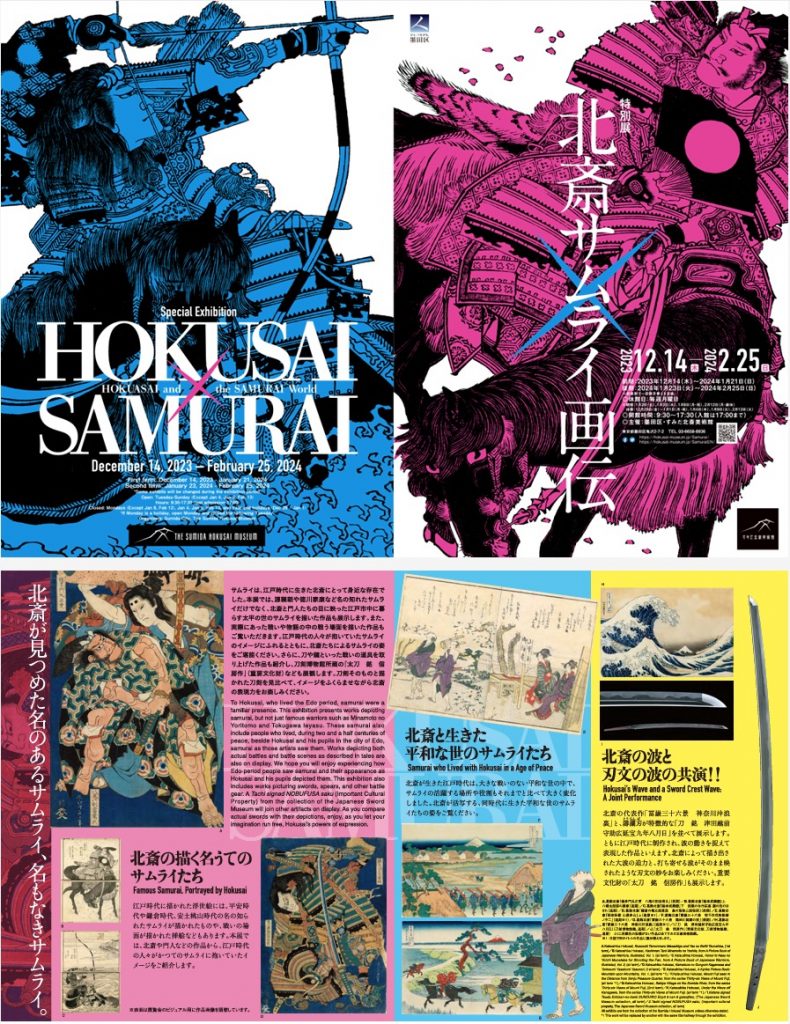
Samurai: A Cultural Icon Beyond Art
The enduring popularity of samurai and ronin in Japanese art goes beyond mere aesthetics; it reflects a deep-seated cultural fascination. These warriors, whether depicted in the dynamic strokes of ukiyo-e or the meticulous details of handscrolls, embody virtues that continue to resonate with audiences today.
Read more:
- Collecting Ukiyo-e Art: A Guide for Beginners
- 11 Most Influential Ukiyo-e Artists: Masters of Japanese Woodblock Prints
- Foo Dogs in Japanese Art and Culture
- From Japan to the World: The Global Influence of Ukiyo-e Art
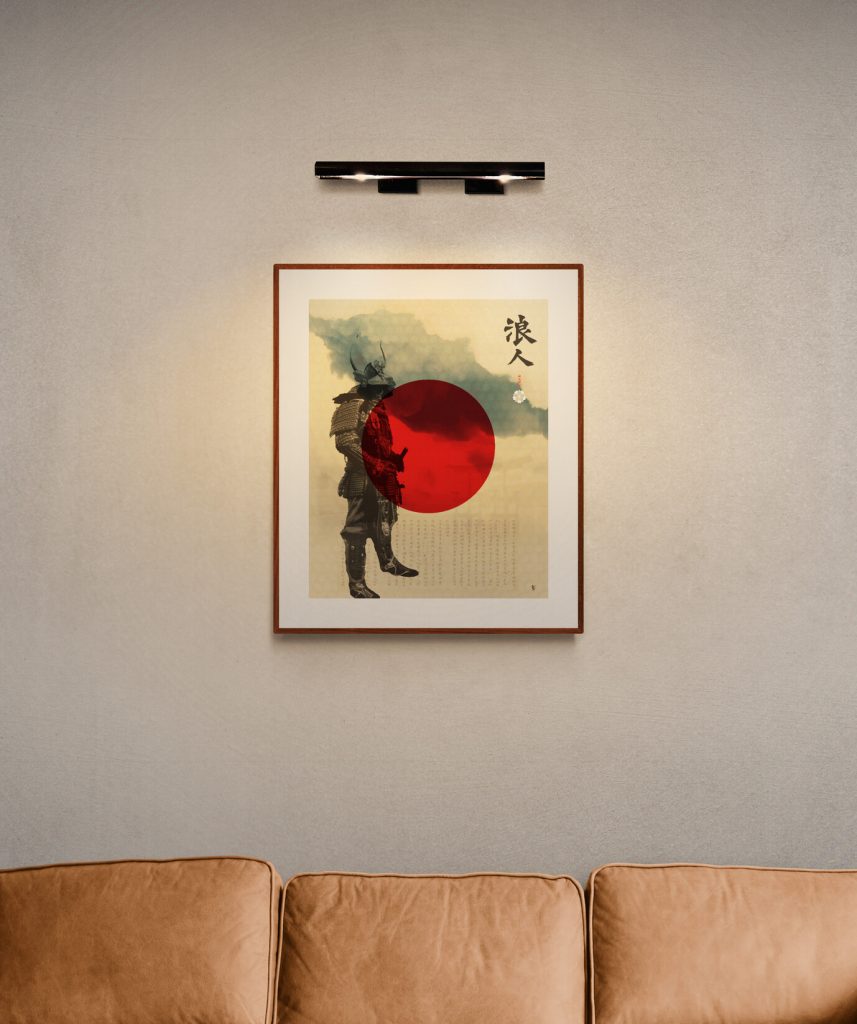
At the Art of Zen we have a wide selection of original Japanese art prints in the ukiyo-e and Japandi style. Some of our best selling work is Mount Fuji wall art and Japandi wall art.
Add some zen to your space with brilliant original art from the Art of Zen shop.
Featured image at top of Minamoto no Yoshiie by Yashima Gakutei, 1825.
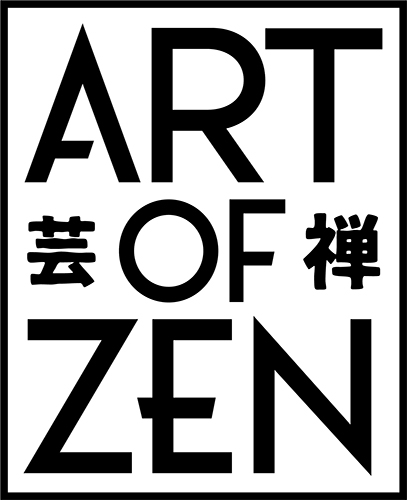
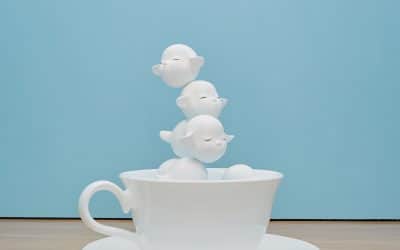
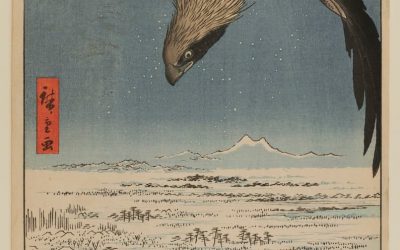

0 Comments